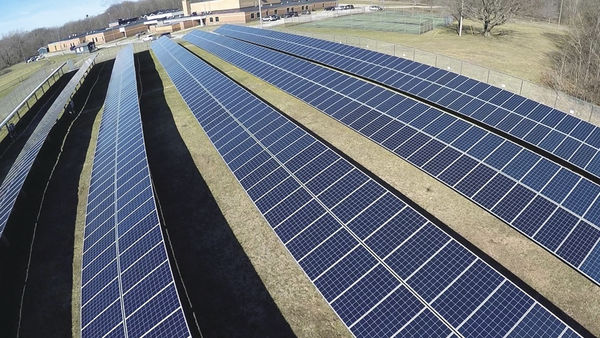What is blackboard at Syracuse University?
We would like to show you a description here but the site won’t allow us.
What is the activation energy problem?
Blackboard. Blackboard is the supported Learning Management System at Syracuse University. This page contains links to some common questions. More support documentation is available by browsing the links below or using using the menu to browse additional Answers' pages. Authorized users can access the Syracuse University Blackboard via the home ...
How do you find the activation energy in chemistry?
Oct 11, 2021 · This activation energy can be defined as the minimum quantity of external energy required to convert the reactant into product. It is denoted as \ ( {\text {‘}} { {\text {E}}_ {\text {a}}}’\) having S.I. unit as kilojoules per mole \ (\left ( { {\text {kJ/mol}}} \right)\). In simple language, we can say activation energy is a speed bump on ...
What is activation energy (Ea)?
We know the rate constant for the reaction at two different temperatures and thus we can calculate the activation energy from the above relation. First, and always, convert all temperatures to Kelvin, an absolute temperature scale. Then simply solve for E a in units of R. ln(5.4 x 10-4 M-1 s-1 / 2.8 x 10-2 M-1 s-1) = (-E a /R ){1/599 K - 1/683 K}

Q.1. What is activation energy?
Ans. This activation energy can be defined as the minimum amount of external energy required to convert the reactant into the product in a chemical...
Q.2. What is the activation energy in a chemical equation?
Ans. In chemistry, the activation energy is the minimum amount of energy that is required to activate atoms or molecules of the reactant to a condi...
Q.3. Is activation energy positive or negative?
Ans. Activation energy is always positive. It is the energy supplied to the reactant molecules for their effective collisions to form the product....
Q.4. What does the activation energy depend on?
Ans. Various factors are involved in governing the rate of a reaction by altering the activation energy like reactant concentration, surface area,...
Q.5. What are the types of catalyst?
Ans. Based on the type of changes brought by a catalyst in a chemical reaction, a catalyst is classified into a positive catalyst and a negative ca...
What is the half life of a reaction?
The half-life of a reaction depends on the reaction order. First order reaction: For a first order reaction the half-life depends only on the rate constant: Thus, the half-life of a first order reaction remains constant throughout the reaction, even though the concentration of the reactant is decreasing. Second order reaction: For ...
What is the first order rate law?
The first order rate law is a very important rate law, radioactive decay and many chemical reactions follow this rate law and some of the language of kinetics comes from this law. The final Equation in the series above iis called an "exponential decay.". This form appears in many places in nature.
What is activation energy?
Well, the activation energy is the extra energy given to get useful work done. In chemistry, we call it the minimum amount of energy (or threshold energy) needed to activate or energize molecules or atoms to undergo a chemical reaction or transformation. The activation energy units are LCal/mo, KJ/mol, and J/mol.
Is activation energy always positive?
Ans: No. The activation energy is extra energy supplied for any reaction to occur. Therefore, it is always positive. However, at lower temperatures, when the activation energy is lower, the rate constant K approaches the pre-exponential factor.
Graphically
We can graphically determine the activation energy by manipulating the Arrhenius equation to put it into the form of a straight line. Taking the natural logarithm of both sides gives us:
Algebraically
The activation energy can also be calculated algebraically if k is known at two different temperatures:
Key Takeaways
The activation energy can be graphically determined by manipulating the Arrhenius equation.
What is activation energy?
Updated July 17, 2019. Activation energy is the amount of energy that needs to be supplied in order for a chemical reaction to proceed. The example problem below demonstrates how to determine the activation energy of a reaction from reaction rate constants at different temperatures.
Who is Todd Helmenstine?
Todd Helmenstine is a science writer and illustrator who has taught physics and math at the college level. He holds bachelor's degrees in both physics and mathematics. Activation energy is the amount of energy that needs to be supplied in order for a chemical reaction to proceed.

Popular Posts:
- 1. how to add picture on blackboard post
- 2. how do i embed a web link in a discussion thread on blackboard
- 3. how to add files on blackboard course
- 4. access my blackboard ar zanestate college
- 5. www.ivytech.edu blackboard
- 6. missouri s&t blackboard
- 7. elearning blackboard bcc
- 8. changing my image in blackboard
- 9. captivate 9 publish scorm bookmark blackboard
- 10. blackboard set grading symbols